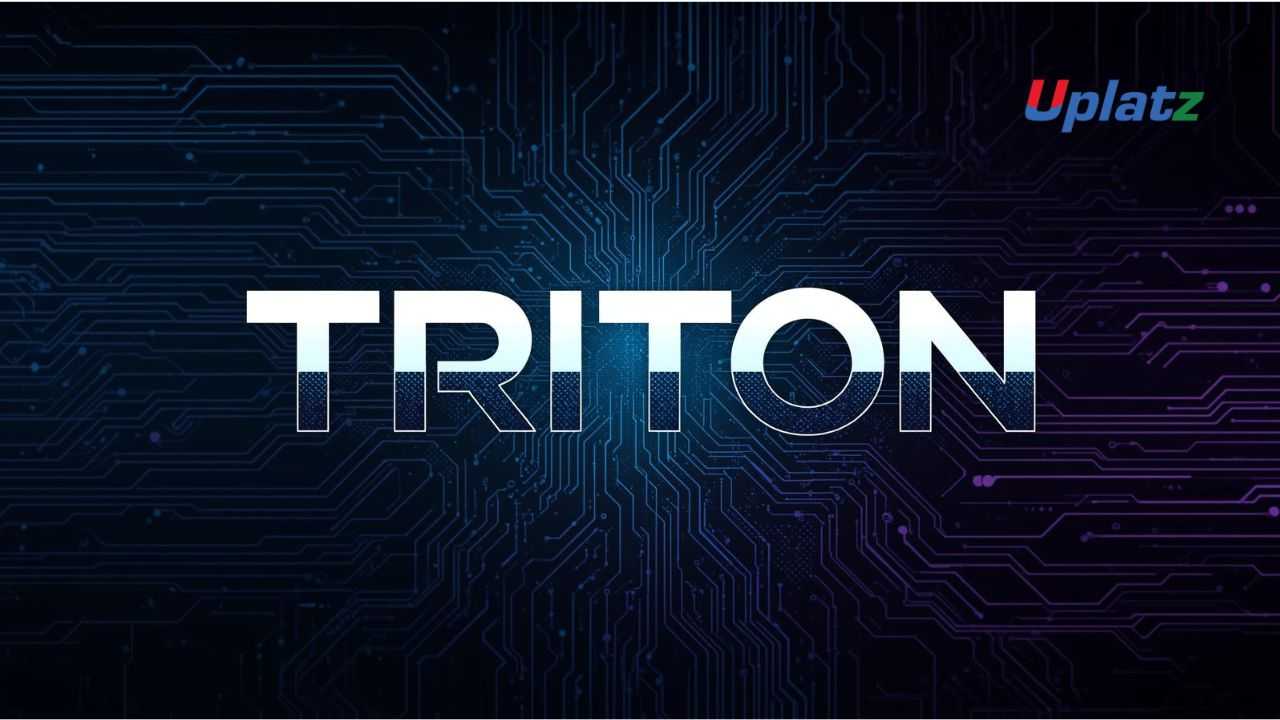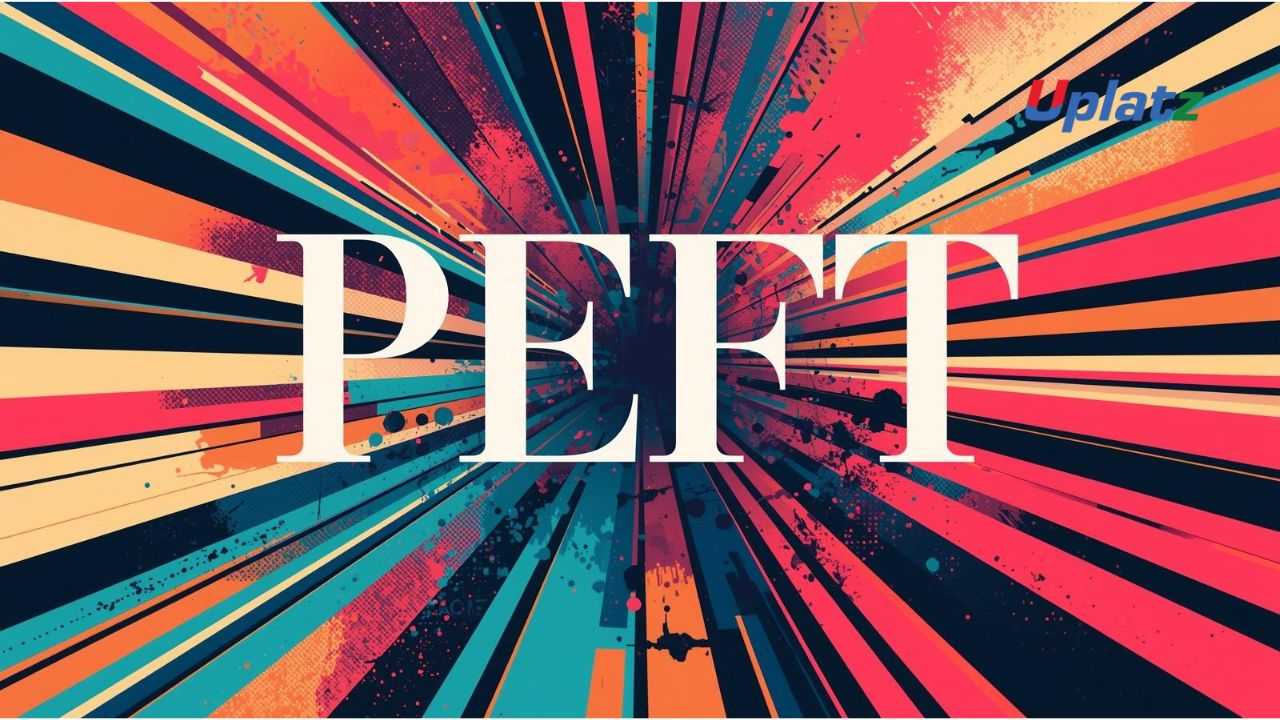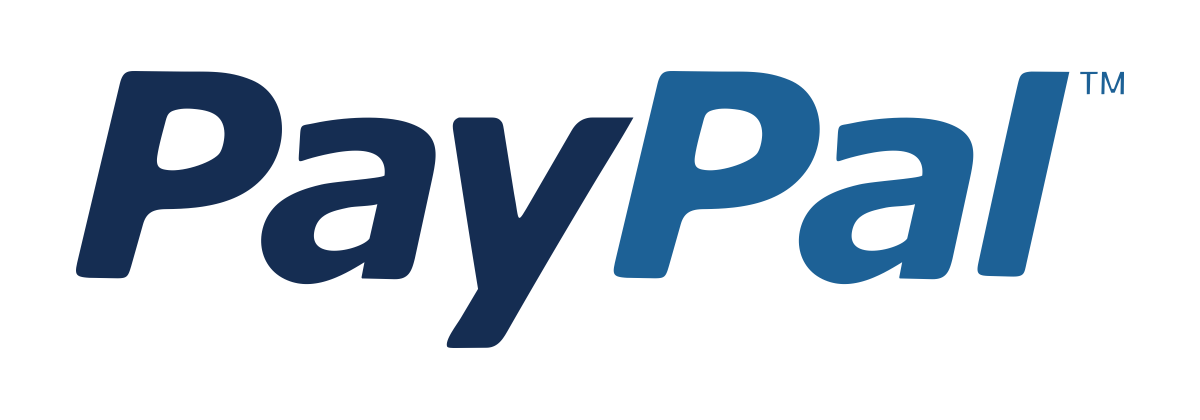Triton
Master Triton to develop custom GPU kernels, optimize deep-learning workloads, accelerate transformer layers, and boost training & inference performan Price Match Guarantee
Full Lifetime Access
Access on any Device
Technical Support
Secure Checkout
Course Completion Certificate
Price Match Guarantee
Full Lifetime Access
Access on any Device
Technical Support
Secure Checkout
Course Completion Certificate
 97% Started a new career
BUY THIS COURSE (
97% Started a new career
BUY THIS COURSE (GBP 12 GBP 29 )-
 86% Got a pay increase and promotion
86% Got a pay increase and promotion
Students also bought -
-

- DeepSpeed
- 10 Hours
- GBP 12
- 10 Learners
-

- vLLM
- 10 Hours
- GBP 12
- 10 Learners
-

- PEFT
- 10 Hours
- GBP 12
- 10 Learners

As the scale of deep learning models continues to grow — from billions to trillions of parameters — efficient GPU utilization and custom kernel development have become essential skills for AI engineers. Traditional ML frameworks such as PyTorch and TensorFlow rely on generic CUDA kernels, which can limit performance, increase memory usage, and bottleneck training and inference speeds. This is especially true for LLMs, transformer architectures, and high-volume inference workloads.
Triton, an open-source GPU programming framework developed by OpenAI, solves these challenges by enabling developers to write high-performance GPU kernels in Python, achieving speeds that rival or even surpass native CUDA implementations. Triton abstracts complex GPU programming concepts while providing fine-grained control over threads, blocks, memory layouts, and parallel execution. This makes it possible to implement custom kernels for deep-learning operations such as matrix multiplication, attention mechanisms, normalization, and activation functions — all essential for modern AI workloads.
The Triton course by Uplatz provides a complete, practice-oriented introduction to high-performance GPU computing for AI. You will learn how to write Triton kernels, optimize memory access, design fused operations, accelerate transformer layers, and integrate Triton with PyTorch models. You’ll also explore how large AI organizations use Triton to speed up LLM inference, optimize quantized models, and build next-generation AI systems.
This course is designed for learners who want to go beyond high-level frameworks and understand how GPU acceleration works at a low level — without writing raw CUDA C++ code. By the end, you will be able to design your own optimized GPU kernels that can significantly accelerate training and inference pipelines.
🔍 What Is Triton?
Triton is a Python-based GPU programming framework that makes it easier to develop high-performance GPU kernels. Triton provides:
-
Python syntax for writing GPU kernels
-
Automatic performance optimizations
-
Control over memory layout & parallelization
-
Support for PyTorch integration
-
Performance comparable to handwritten CUDA kernels
Triton is widely used in:
-
LLM optimization
-
Transformer acceleration
-
Custom fused kernels
-
Quantized inference
-
GPU-efficient training workflows
It allows AI engineers to write GPU code 10× faster than CUDA while achieving excellent performance.
⚙️ How Triton Works
This course explores Triton’s key mechanisms:
1. Python-Based Kernel Programming
Instead of writing CUDA in C++, Triton lets you write kernels like this:
Triton compiles Python-like code into optimized GPU kernels.
2. Program IDs & Thread Blocks
Triton uses a program ID system to manage parallel execution across GPU threads.
You will learn:
-
Grid mapping
-
Thread tiling
-
Warp-level parallelism
3. Memory Optimization
Triton provides explicit control over:
-
Global memory
-
Shared memory
-
Cache utilization
-
Memory coalescing
This enables massive speedups for AI workloads.
4. Kernel Fusion
Fusing multiple operations into a single GPU kernel minimizes memory transfers.
Examples include:
-
Softmax + dropout + attention
-
MatMul + bias + activation
-
LayerNorm + residual connections
5. PyTorch Integration
Triton works seamlessly with PyTorch via:
-
torch.autograd.Function -
Tensor wrappers
-
JIT graph compilation
6. Mixed Precision & Quantization
Triton supports FP32, FP16, BF16, INT8, and INT4 kernels.
This is crucial for:
-
LLM inference
-
QLoRA fine-tuning
-
High-speed training
🏭 Where Triton Is Used in Industry
Triton is widely adopted across:
1. OpenAI
To optimize attention kernels and accelerate GPT-style models.
2. Meta (Facebook)
Used to accelerate PyTorch 2.0’s compiler stack.
3. NVIDIA
Collaborates with Triton usage for next-gen GPUs.
4. Enterprise AI Companies
For custom ML accelerators, fused kernels, quantized inference.
5. Startups
Building highly optimized AI products with smaller GPU budgets.
6. Research Labs
Exploring new deep learning architectures with custom kernels.
Triton is now a foundational tool for high-performance AI engineering.
🌟 Benefits of Learning Triton
Learners gain:
-
Ability to write custom GPU kernels
-
Expertise in transformer and LLM acceleration
-
Deep understanding of parallel programming concepts
-
Hands-on experience building fused kernels
-
Skills for optimizing PyTorch models
-
Competitive advantage in AI engineering & ML performance roles
-
Knowledge to lower compute costs by increasing GPU efficiency
-
Ability to build production-grade ML acceleration pipelines
Triton is essential for engineers building cutting-edge AI systems.
📘 What You’ll Learn in This Course
You will explore:
-
Introduction to GPU architecture
-
Triton kernel syntax
-
Parallelism strategies
-
Memory hierarchy optimization
-
AI-specific kernels (MatMul, Softmax, Attention)
-
Fused kernels for deep-learning layers
-
PyTorch integrations
-
Quantization with Triton
-
Accelerating transformers and LLM inference
-
Benchmarking & profiling
-
Capstone: Build your own optimized GPU kernel
🧠 How to Use This Course Effectively
-
Start with beginner-friendly kernels
-
Understand GPU memory and tiling strategies
-
Progress to writing fused kernels
-
Integrate Triton kernels into PyTorch
-
Optimize a transformer block or attention layer
-
Benchmark against PyTorch/CUDA
-
Build a final capstone kernel
👩💻 Who Should Take This Course
Ideal for:
-
Machine Learning Engineers
-
Deep Learning Researchers
-
AI Performance Engineers
-
GPU Kernel Developers
-
PyTorch Engineers
-
AI Infrastructure Engineers
-
Students aiming to deepen GPU expertise
Basic Python and ML experience recommended.
🚀 Final Takeaway
Triton enables AI developers to push the limits of performance by writing custom GPU kernels that significantly accelerate deep learning models. By mastering Triton, learners gain the ability to build optimized ML systems, reduce hardware costs, and implement cutting-edge AI architectures that rival industry leaders.
By the end of this course, learners will:
-
Understand GPU architecture & memory systems
-
Write custom kernels in Triton
-
Optimize transformer & LLM operations
-
Implement fused kernels for AI workloads
-
Accelerate PyTorch models with Triton
-
Apply quantization and precision techniques
-
Benchmark & profile GPU performance
-
Develop a complete Triton-powered acceleration module
Course Syllabus
Module 1: Introduction to Triton
-
Why Triton instead of CUDA?
-
Triton installation & basics
Module 2: GPU Programming Concepts
-
Warps, blocks, parallelism
-
Memory hierarchy
Module 3: Writing Your First Kernel
-
Program IDs
-
Tensor arithmetic
Module 4: Memory Optimization
-
Shared memory
-
Cache control
-
Memory coalescing
Module 5: High-Performance AI Kernels
-
Softmax
-
MatMul
-
LayerNorm
-
FlashAttention
Module 6: Kernel Fusion
-
Combining operations for speed
-
Fused transformer layers
Module 7: PyTorch Integration
-
Custom autograd functions
-
Triton + Torch.compile
Module 8: Quantization
-
INT8/INT4 kernels
-
Mixed precision
Module 9: Deployment & Benchmarks
-
Profiling
-
Performance comparison
Module 10: Capstone Project
-
Build a fused transformer block or attention kernel
Learners will receive a Uplatz Certificate in Triton & GPU Kernel Development, validating their skills in high-performance AI acceleration.
This course prepares learners for roles such as:
-
GPU Kernel Engineer
-
AI Performance Engineer
-
Machine Learning Engineer
-
Deep Learning Research Engineer
-
LLM Optimization Engineer
-
AI Infrastructure Developer
-
HPC (High-Performance Computing) Engineer
1. What is Triton?
A Python-based GPU kernel development framework for high-performance AI workloads.
2. How does Triton compare to CUDA?
Triton is easier to write but achieves similar or better performance for many ML kernels.
3. What is kernel fusion?
Combining multiple operations into one GPU kernel to reduce memory overhead.
4. Can Triton accelerate LLM inference?
Yes — Triton is used to optimize attention, softmax, and quantized operations.
5. What is a Program ID in Triton?
It identifies which block of work a kernel instance handles, similar to thread blocks in CUDA.
6. What precision formats does Triton support?
FP32, FP16, BF16, INT8, INT4.
7. Does Triton integrate with PyTorch?
Yes—Triton powers parts of Torch.compile and custom autograd kernels.
8. What workloads benefit most from Triton?
Matrix operations, attention layers, normalization, fused kernels.
9. Is Triton suitable for beginners?
Yes — it abstracts away complex CUDA concepts.
10. What companies use Triton?
OpenAI, Meta, NVIDIA partners, and performance-focused AI startups.









